Audio is back this week, everyone! It’s good to be back in front of my trusty microphone after some traveling. Enjoy this week’s top baseball history moments!
February 26, 1935: The Babe Signs With the (Boston) Braves
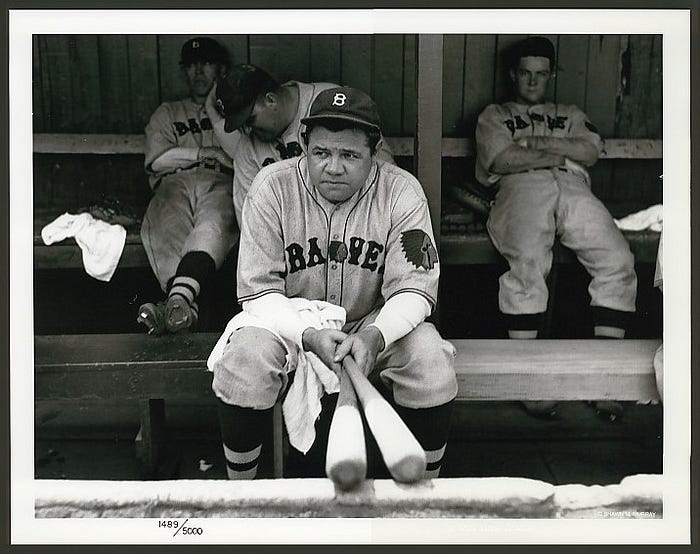
In 1935, baseball legend Babe Ruth found himself at a crossroads. The New York Yankees, where he had achieved iconic status for 16 seasons, released him. But the Boston Braves saw an opportunity.
Team owner Emil Fuchs was cash-strapped and was looking for creative ways to boost revenue for the Braves. He had tried to establish a greyhound track at Braves Field but was denied. So, Fuchs aimed to reignite interest in his club in a different way - by landing Ruth.
The Yankees made a half-hearted effort to keep Ruth by offering him a chance to manage their top Minor League club. Ruth declined, and instead signed a three-year contract with the Braves, taking on roles as assistant manager, second vice president, and star player.
This move sparked rumors that he would replace the current manager of the Braves, Bill McKechnie, who had been with the Braves since 1930. McKechnie emphasized the importance of Ruth playing and dismissed the idea of a team having two managers.
At 39, Ruth's performance had declined from his peak years, but he had managed to hit 22 home runs and drive in 84 runs in his previous season with the Yankees in 1934.
The Braves investment in Ruth seemed to pay off right away. On Opening Day of the 1935 season, he thrilled the estimated 35,000 fans at Braves Field by hitting a home run off Hall of Fame pitcher Carl Hubbell. However, over the next 21 games, his performance dropped.
By May, Ruth was fighting with team management and openly contemplating retirement. He made it to the end of May and decided to call it quits. During his time in a Braves uniform he compiled a disappointing .181 batting average in 28 games. He never got the chance to manage the team, either.
Less than a year after his retirement, Ruth was inducted into the Baseball Hall of Fame as part of its inaugural class.
February 27, 1901: The National League Adds Lasting New Rules to Baseball
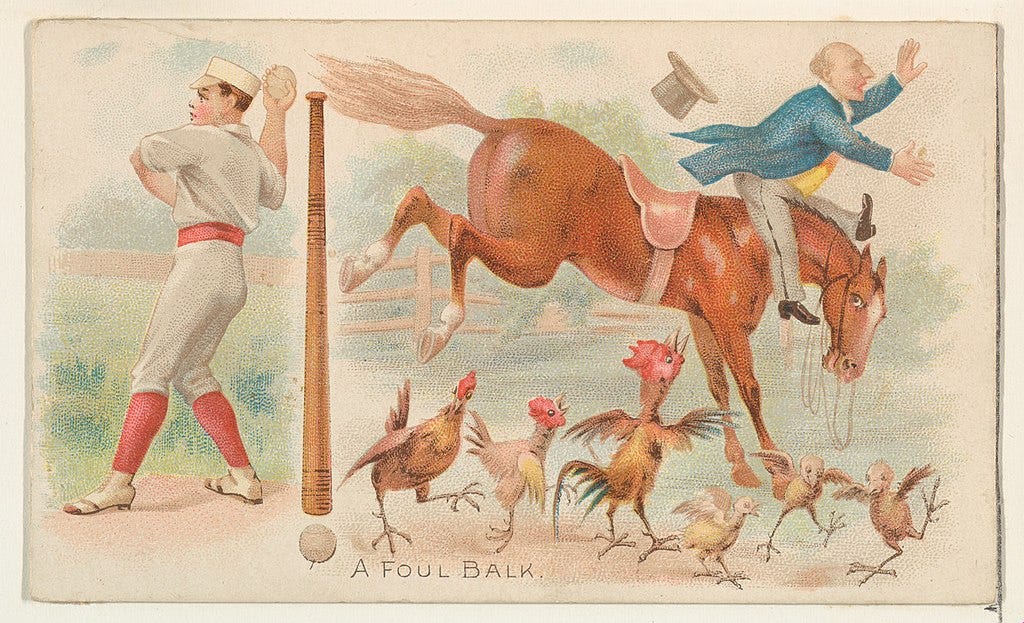
The National League’s Rules Committee met and finalized some critical changes to gameplay - some of which still last to today. These updates included:
All foul balls would count as strikes, except after two strikes. This change aimed to streamline the game and reduce the cost of lost foul balls. Batters who repeatedly fouled off good strikes were now subject to discipline. The goal was to keep the game moving efficiently.
Catchers were required to play within 10 feet of the batter. This rule aimed to enhance the interaction between the pitcher, batter, and catcher.
The committee introduced a time limit for pitchers. An automatic ball would be called if a pitcher did not throw to a ready and waiting batter within 20 seconds. This rule encouraged a brisk pace of play.
The N.L. took a stand against indecent or improper language on the field. Umpires were empowered to kick out players who violated this standard of conduct. This move emphasized sportsmanship and respect among players, ensuring a more dignified game atmosphere.
February 28, 1931: The Founder of the American League Dies
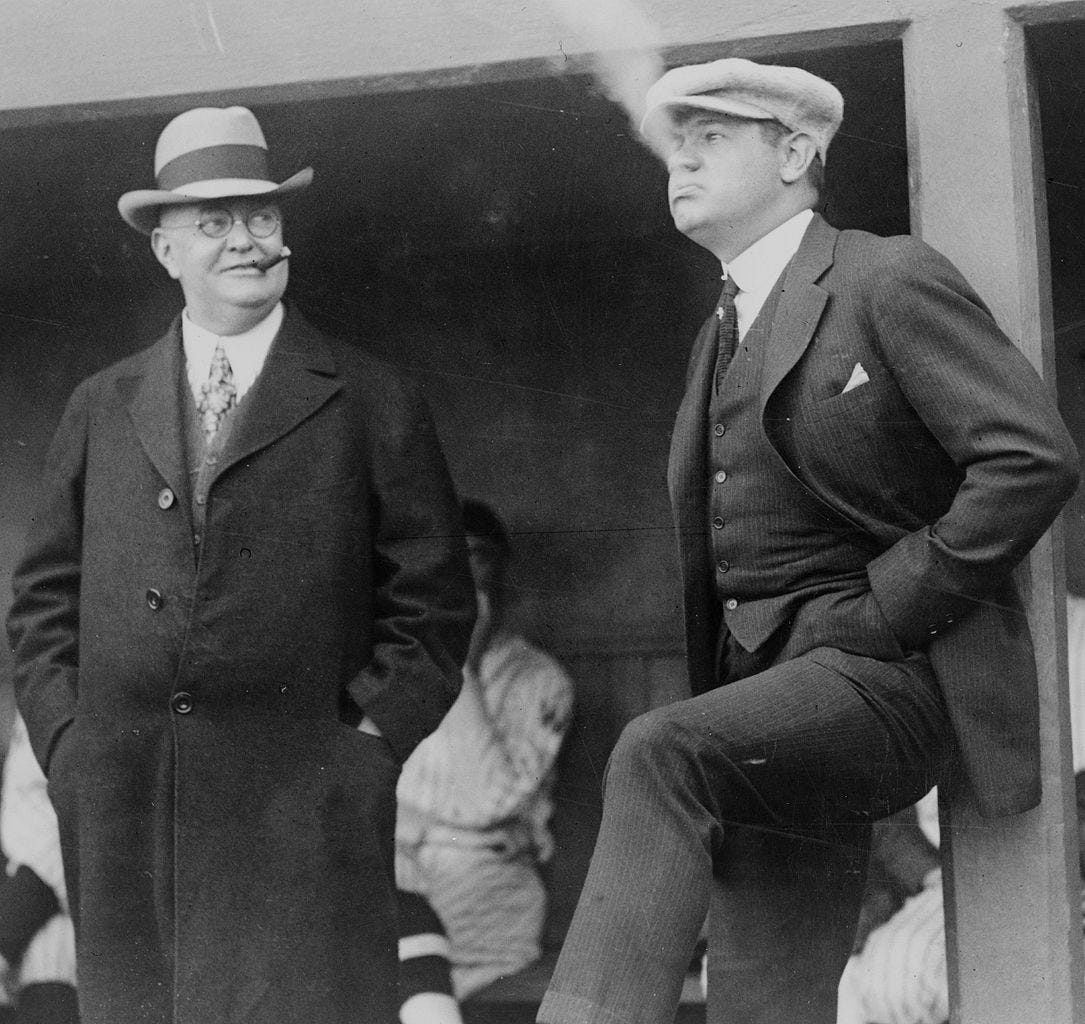
Ban Johnson, passed away after a prolonged illness. His impact on the game was profound, and his legacy still reverberates. He played a pivotal role in the growth of professional baseball.
He served as the founder and first president of the American League (AL). Johnson’s vision was to create a league that appealed to families and women, emphasizing sportsmanship and orderliness.
Johnson strongly supported the AL’s umpires, giving them unqualified support. He had little tolerance for players or managers who disrespected them.
With the help of league owners and managers like Charles Comiskey, Charles Somers, and Jimmy McAleer, Johnson attracted top talent to the AL. He created fierce competition between the two leagues.
However, a public dispute with baseball commissioner Kenesaw Mountain Landis led to his forced resignation as AL president.
Ban Johnson was elected to the Baseball Hall of Fame in 1937 as one of its charter members.
February 29, 1924: Cleveland Legend Al Rosen is Born
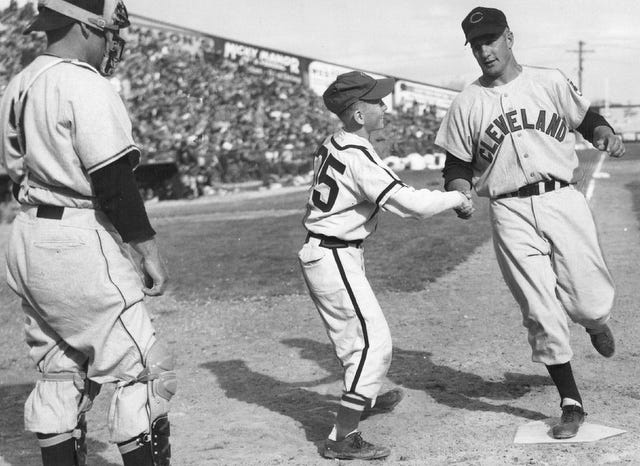
On this date, Albert Leonard “Al” Rosen. Nicknamed “Flip” and “The Hebrew Hammer,” Rosen left an memorable mark on the sport during his ten-season career in the 1940s and 1950s. Here are some key highlights of Al Rosen’s career:
Position and Impact:
Rosen played as a third baseman and was a right-handed slugger.
His offensive prowess and defensive skills made him a standout player for the Cleveland Indians.
Consistent Excellence:
Rosen drove in 100 or more runs for five consecutive years (1950-1954).
He was a four-time All-Star (1952, 1953, 1954, 1955).
Twice, he led the league in home runs (1950, 1953) and runs batted in (RBIs) (1952, 1953).
MVP Honors:
In 1953, Al Rosen was named the American League Most Valuable Player (MVP).
His offensive contributions and leadership were instrumental in the Indians’ success.
Career Stats:
Over his career, Rosen had 192 home runs and a .285 batting average.
He played his entire ten-year career (1947-1956) with the Cleveland Indians.
Post-Baseball Career:
After retiring from baseball, Rosen worked as a stockbroker for two decades.
He later returned to the game as a top front office executive, serving the New York Yankees, Houston Astros, and San Francisco Giants variously as president, CEO, and general manager.
Rosen’s unique perspective as a former MVP earned him baseball’s Executive of the Year award.
March 1, 1954: Baseball’s Highest-Paid Player Breaks His Collarbone
A significant setback occurred for the Boston Red Sox and their legendary slugger, Ted Williams.
On March 1, 1954, while attempting to make a shoestring catch of a sinking line drive during practice at Payne Park, Williams collided with the ground, breaking his left collarbone. The injury was a nightmare start to the season for the highest-salaried star in baseball.
Despite the setback, Williams was determined to return to the lineup immediately. His commitment to the game and his team remained unwavering. Williams made his comeback on May 7, hitting an impressive .345 for the season.
March 2, 1874: Boston’s Professional Association Sets Important Rules Precedents
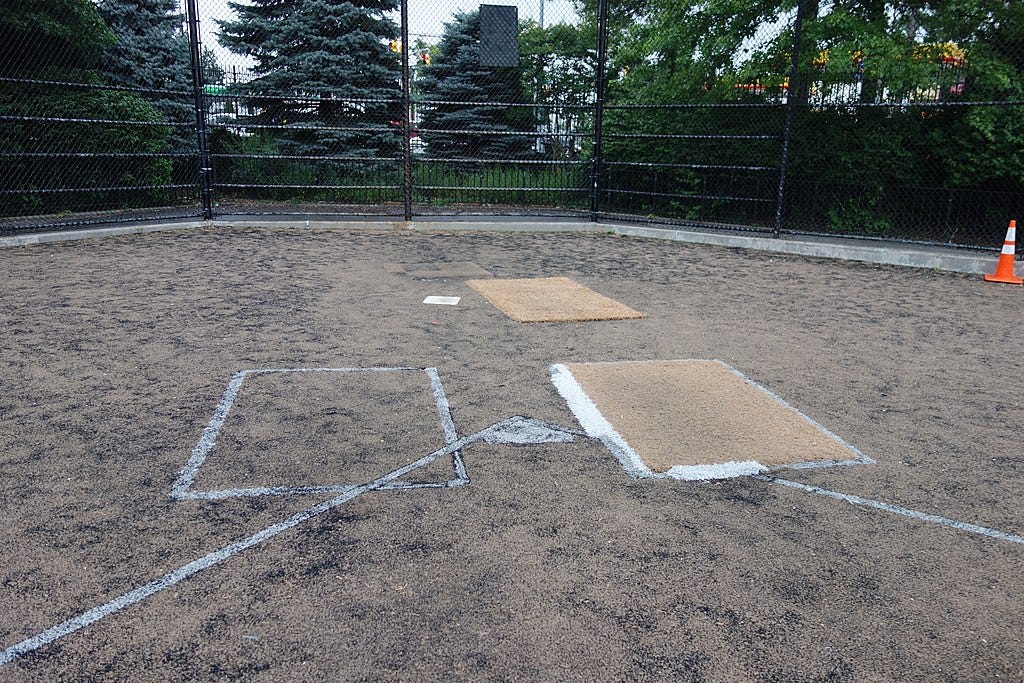
In 1874, during the fourth meeting of the Professional Association in Boston, several significant decisions were made:
The batter’s box was officially adopted. This marked a crucial development in the game, as it standardized the area where batters stood before facing the pitcher.
It was decided that any player caught betting on their own team would face expulsion.
March 3, 1956: The NY Giants’ Stadium Plans Fall Through, Dooms Squad
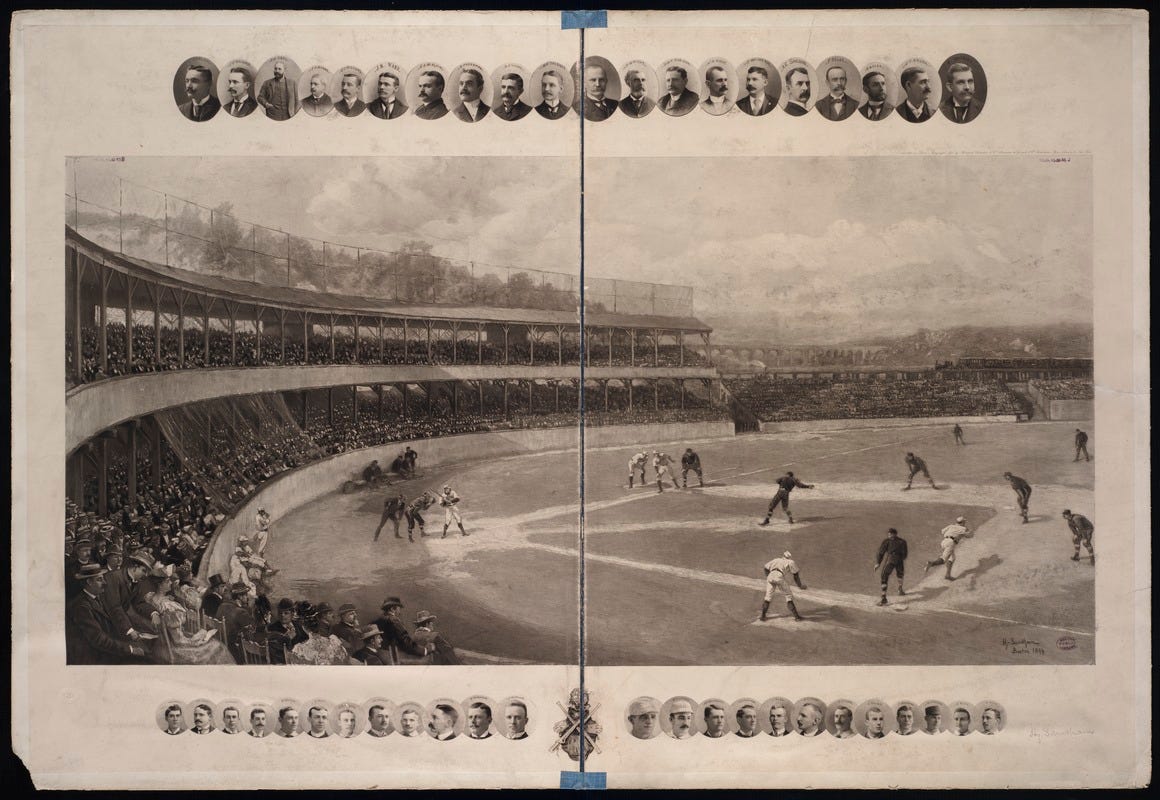
Manhattan Borough President Hulan Jack spearheaded an audacious plan to keep the Giants rooted in New York.
His proposal was nothing short of monumental: a colossal 110,000-seat stadium on a sprawling 470,000-square-foot site. This state-of-the-art facility would not only house the Giants but also become a landmark of sports and entertainment.
The estimated price tag for this ambitious project was a staggering $75 million. (in 2024 that would equal more than 850 million dollars)
For Horace Stoneham, the Giants’ owner, the choice was agonizing. He had to weigh the financial burden against the team’s long-term financial health.
The astronomical cost of the proposed stadium became a central reason for his decision to leave New York behind and head to San Francisco.
March 4, 1984: The Special Veterans Committee Selects Two New Hall of Fame Candidates
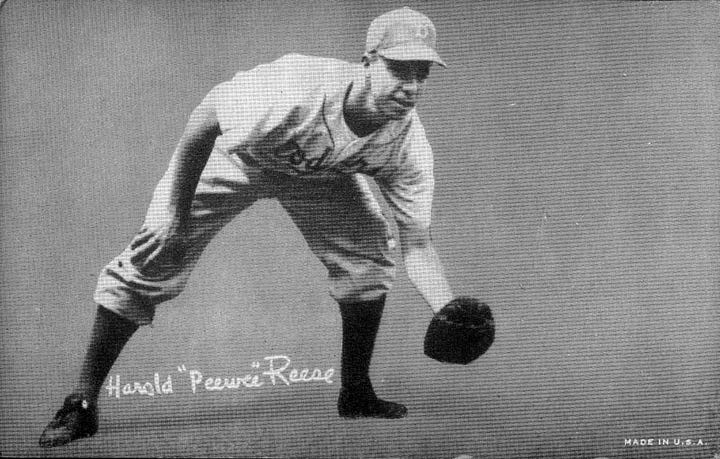
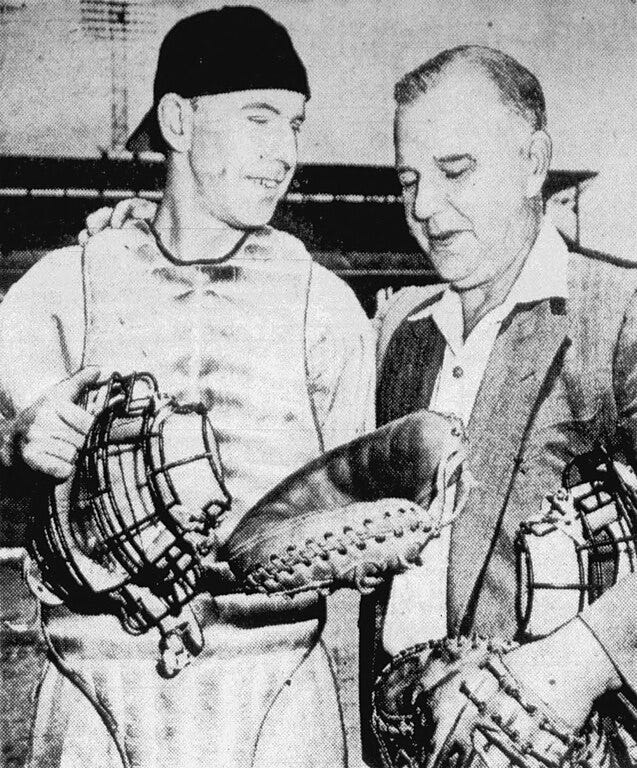
Two outstanding defensive players, shortstop Pee Wee Reese and catcher Rick Ferrell, received well-deserved recognition as they were elected to the Baseball Hall of Fame by the Special Veterans Committee.
Pee Wee Reese:
Reese played 16 seasons with the Brooklyn Dodgers.
He was a 10-time All-Star shortstop who helped the Dodgers win seven pennants and one World Series title.
His actions off the field, including welcoming Jackie Robinson to the team, left an enduring legacy.
Rick Ferrell:
Ferrell had an 18-season career, playing for the Browns, Red Sox, and Senators.
Although his offensive numbers (including just 28 home runs) may not stand out, his defensive prowess earned him a place in Cooperstown.
Hold on a Second!
Would you consider becoming a paid subscriber?
You get:
The ad-free version of 'Rounders' a whole DAY EARLIER.
A sneak peek at our secret list of upcoming episodes.
A chance to share your thoughts, which I might just read out in the episode.
Exclusive chats, events, and more fun stuff only for our members.
And if you're feeling extra awesome, join our 'Starting Nine' crew. Help shape the show, pick episode topics, and even get a shoutout as a producer.
Let's make 'Rounders' the top baseball history show together!





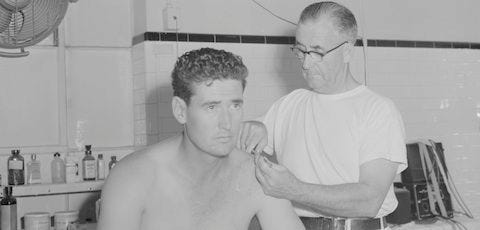






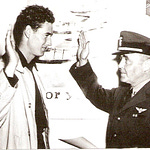

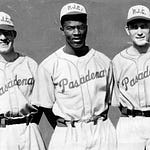
Share this post